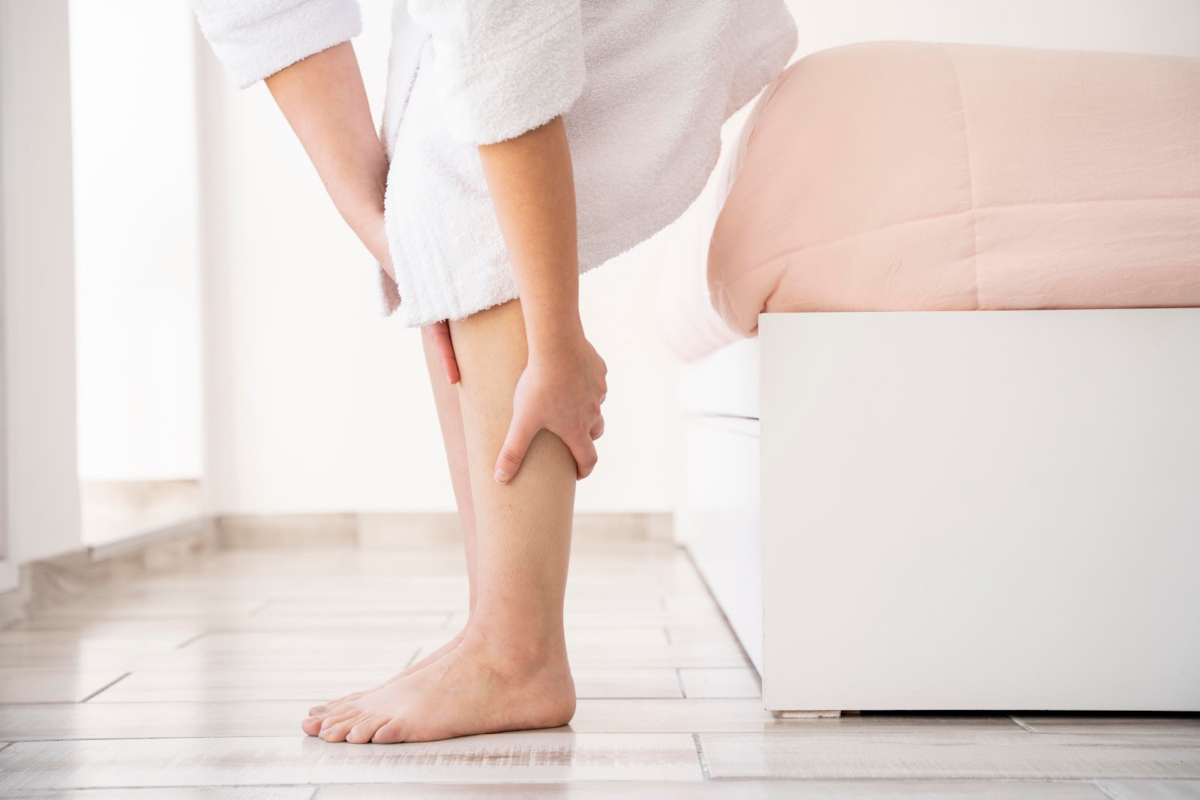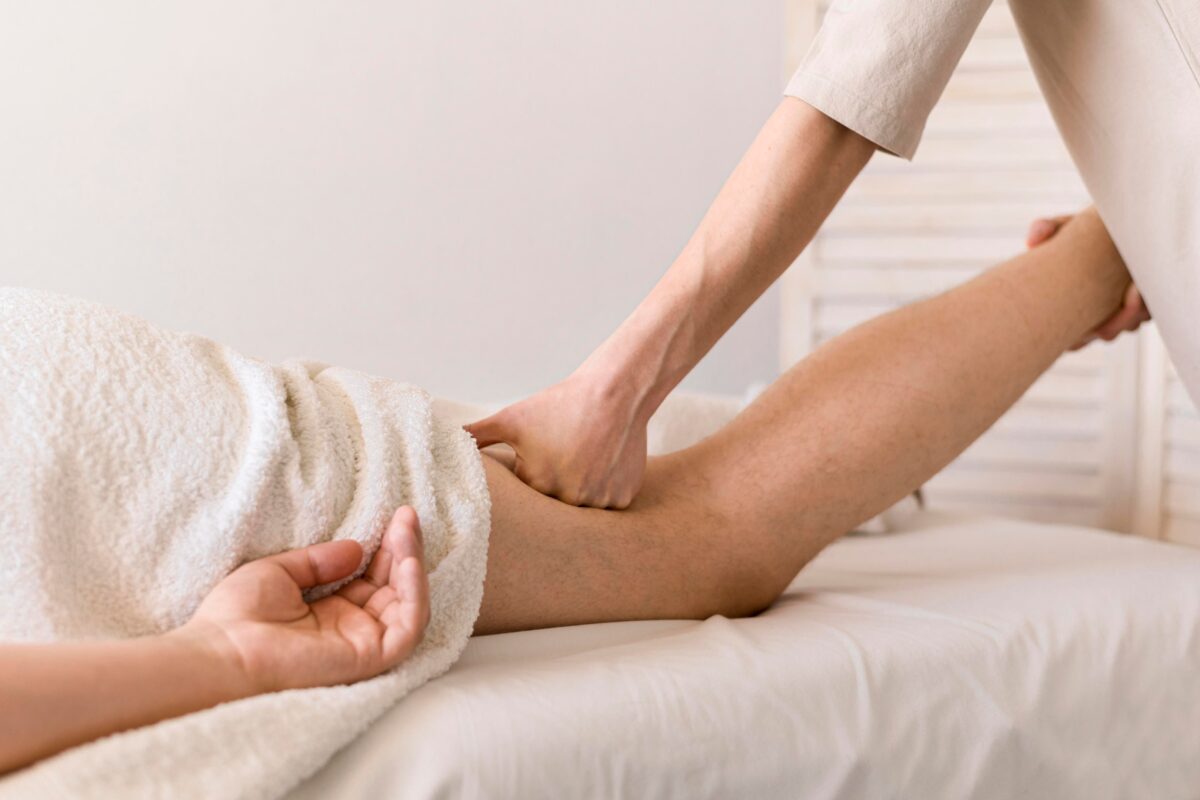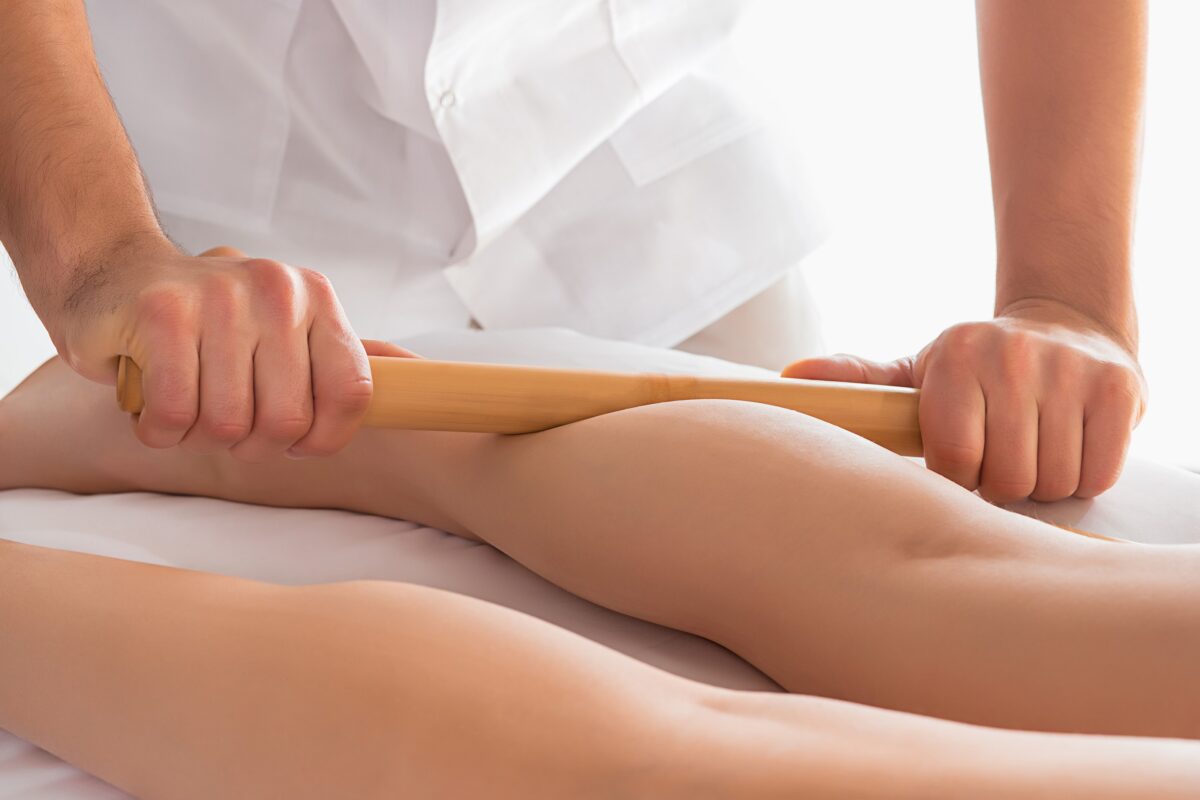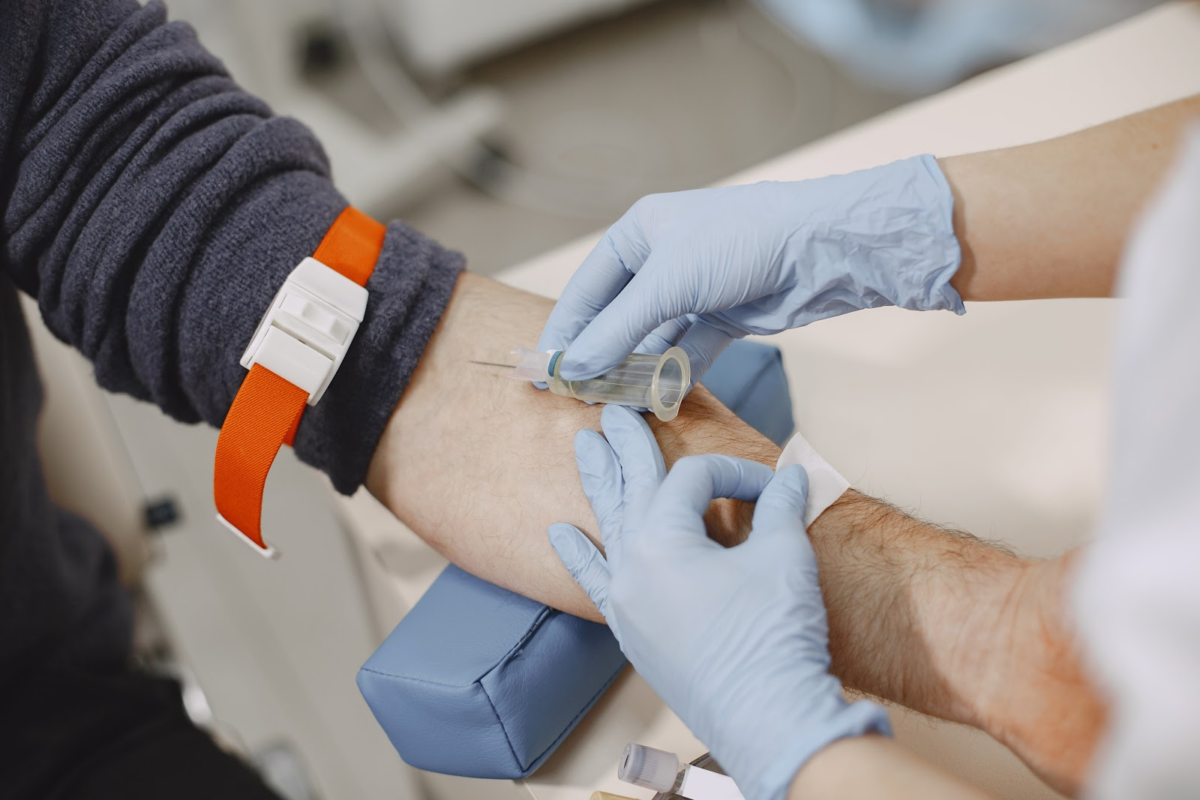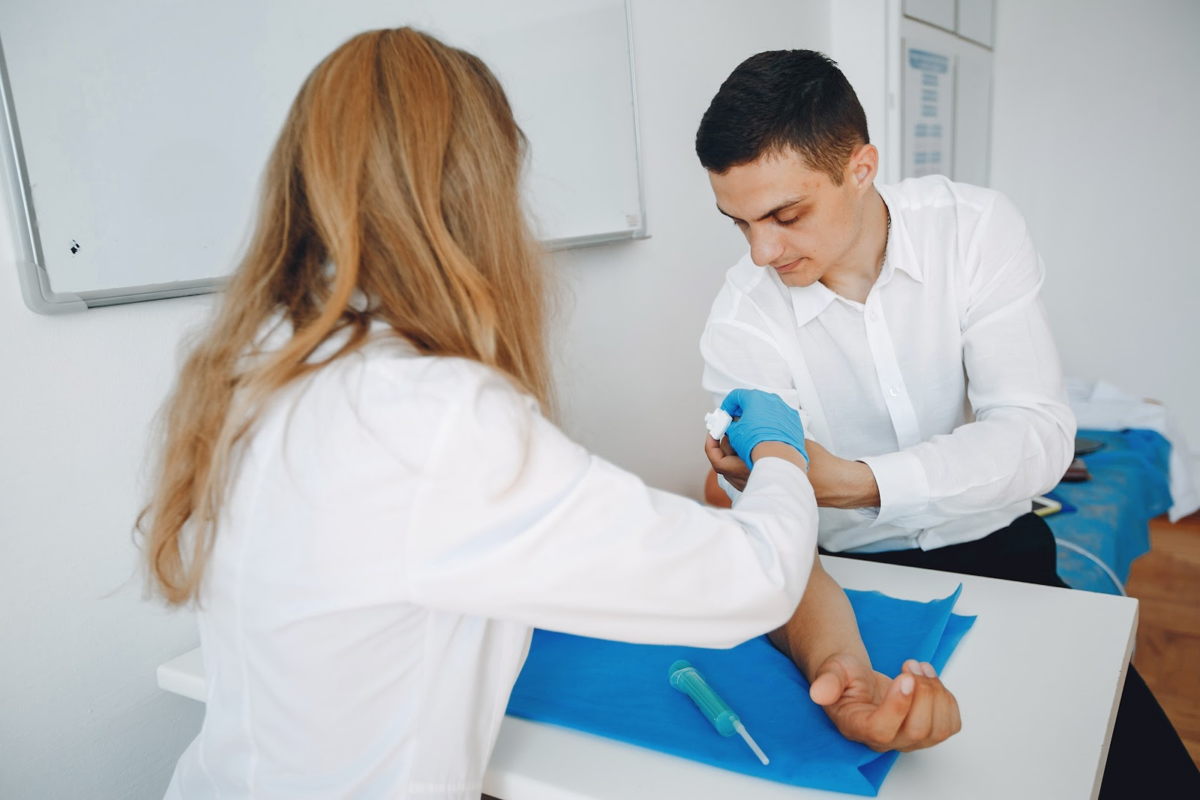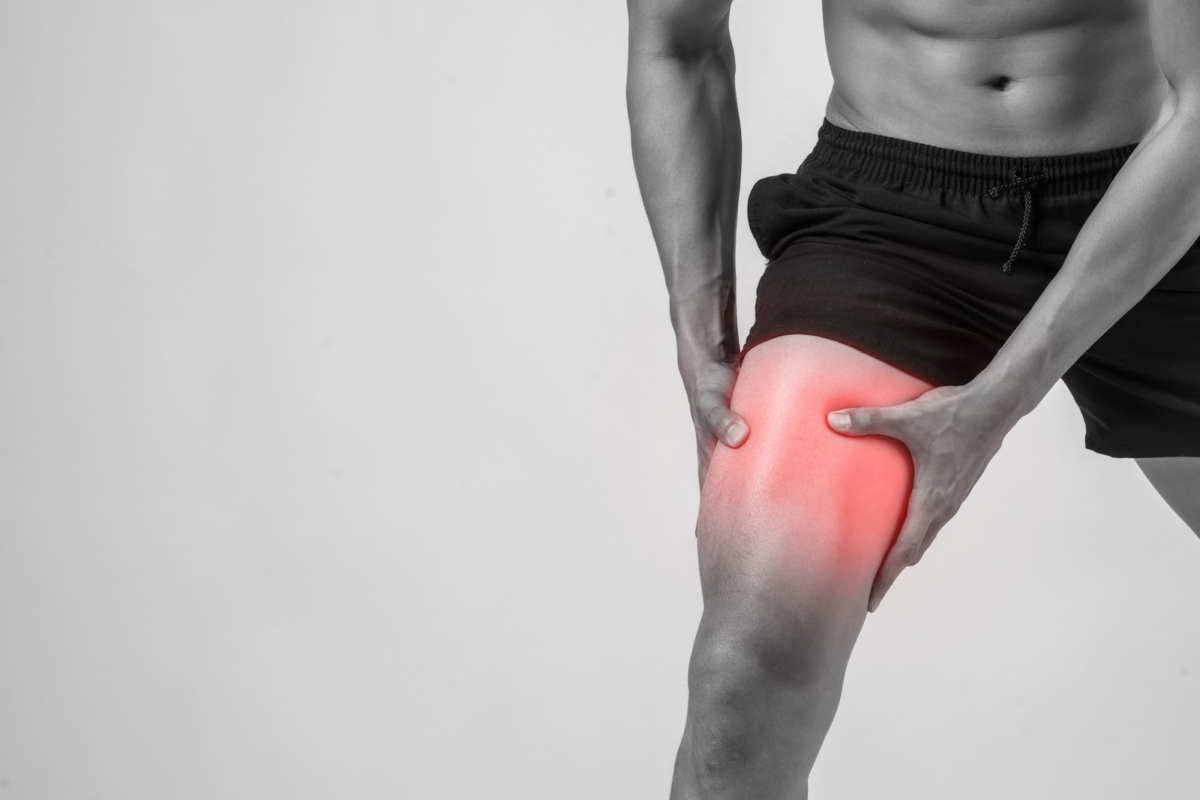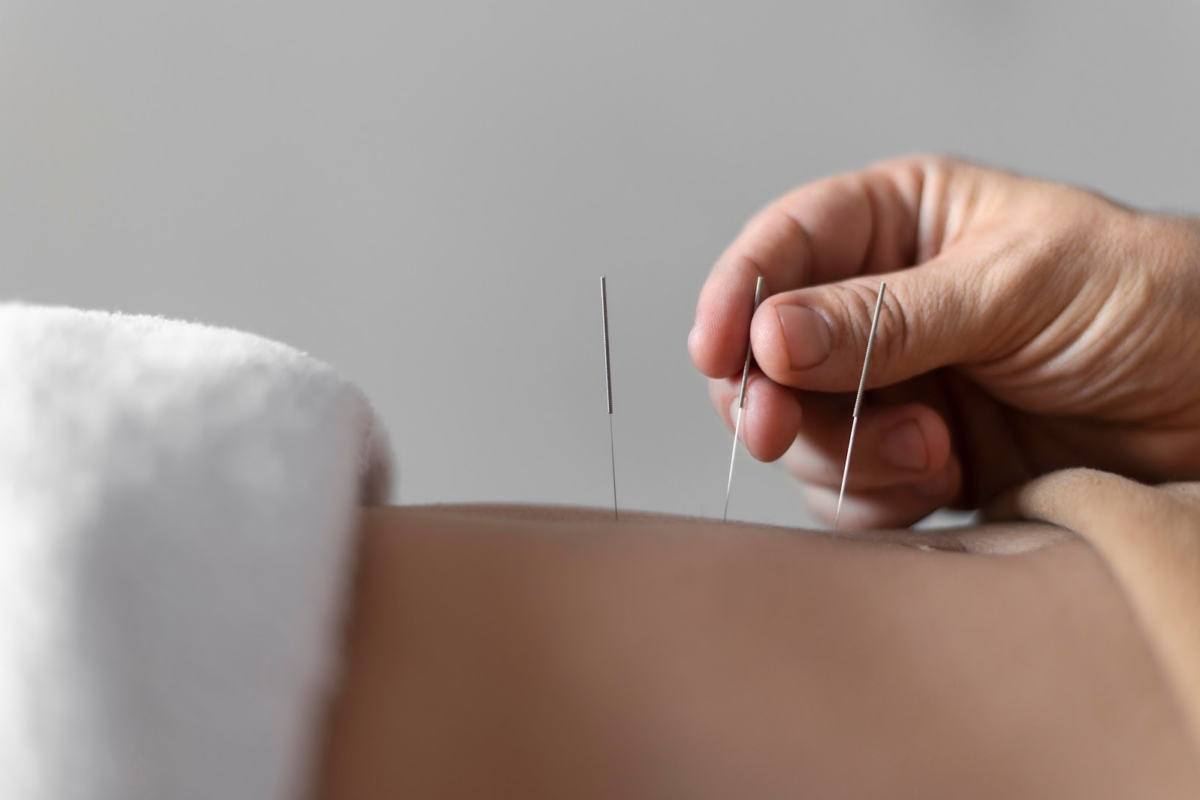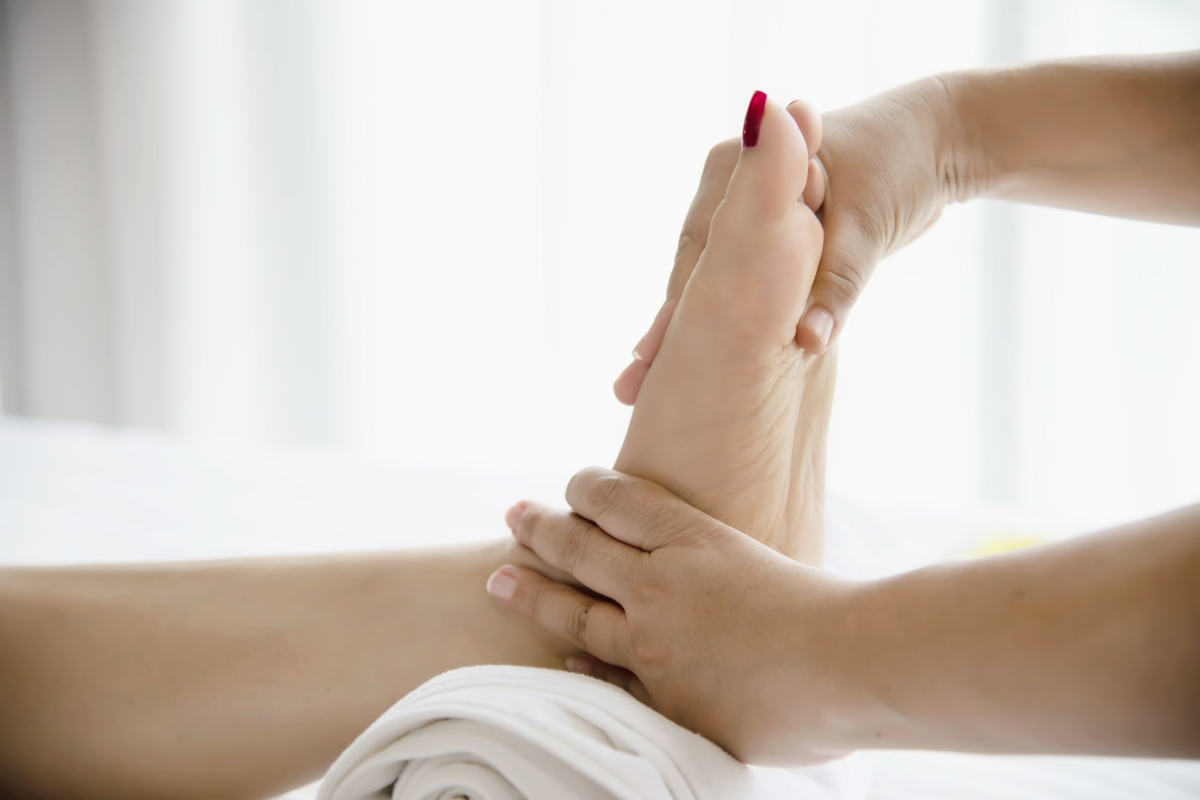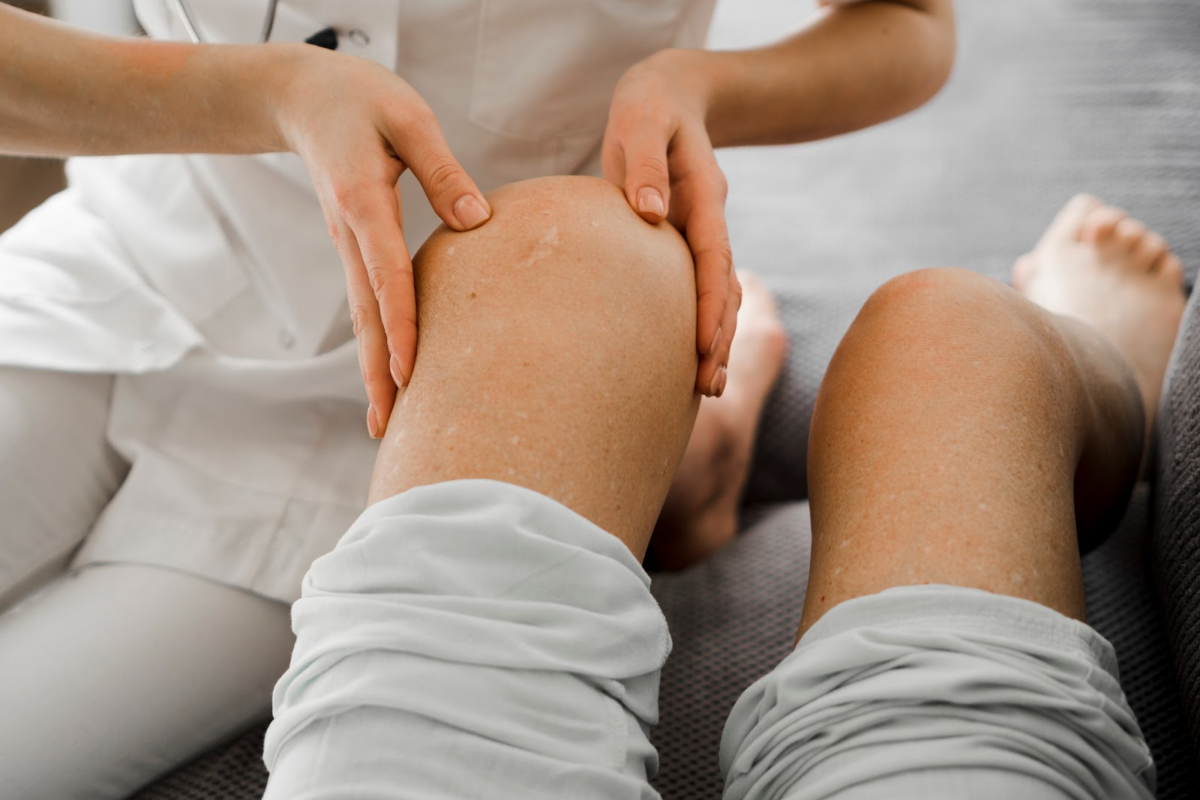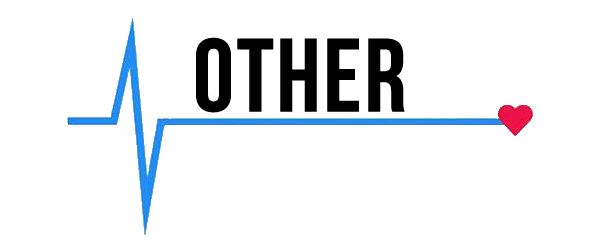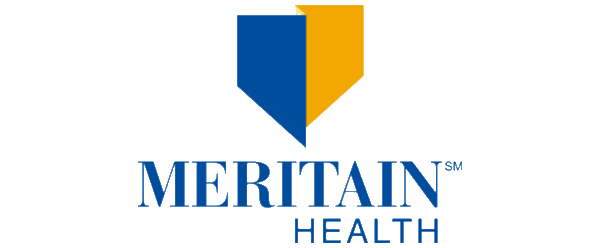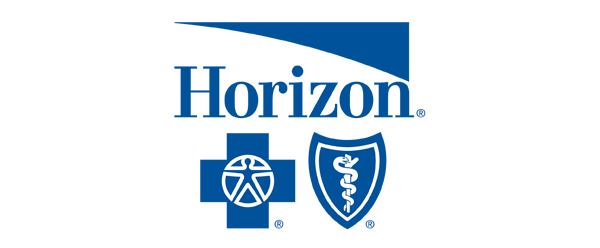Swollen legs can be uncomfortable, painful, and sometimes alarming. Whether you’re dealing with swelling occasionally or frequently, taking the right steps can help you find relief and prevent complications.
Let’s dive into what might be causing your legs to swell and what you can do to treat it effectively.
What Causes Swollen Legs?
Swollen legs can be caused by a variety of factors, and the most common ones are:
Fluid Retention
Fluid retention, commonly known as edema, often causes swollen legs and can be particularly uncomfortable.
This condition arises when excess fluid accumulates in the tissues, typically in the lower body. Several factors can lead to this buildup, which causes a noticeable swelling and a heavy feeling in the legs.
Causes of fluid retention:
- Prolonged standing or sitting: Staying in one position for too long disrupts normal blood circulation. Blood that doesn’t circulate efficiently pools in the lower limbs, leading to swelling. This issue frequently affects people who spend long hours on their feet or seated, such as retail or office workers.
- High-sodium diet: Consuming too much salt can cause the body to retain more water than needed. This extra water often settles in the lower extremities, leading to swollen legs and feet.
- Pregnancy: Hormonal changes during pregnancy, along with increased pressure on veins, often cause the body to hold onto more fluid. The result is noticeable swelling in the legs, ankles, and feet, especially in the later stages of pregnancy.
Heart-Related Issues
Swollen legs can signal heart-related problems. The heart pumps blood throughout the body, and when it struggles to do so effectively, fluid can back up in the lower body, especially in the legs.
Common heart-related causes:
- Heart failure: When the heart’s pumping ability weakens, blood circulation slows down, causing fluid to leak into surrounding tissues. This leads to swelling in the legs, ankles, and feet.
- Pulmonary hypertension: Pulmonary hypertension is a condition where there is high blood pressure in the arteries that supply the lungs. When the right heart is struggling to pump blood, it backs up into the veins, causing fluid retention and swelling, particularly in the legs.
Kidney Problems
Kidneys play a key role in managing the body’s fluid balance. When they don’t function properly, they may fail to filter out excess fluids, leading to swelling, particularly in the legs.
Conditions affecting the kidneys:
- Chronic kidney disease (CKD): CKD reduces the kidneys’ ability to filter waste and excess fluid from the blood. This impaired function causes fluid to accumulate, often leading to swollen legs and feet.
- Nephrotic syndrome: This kidney disorder causes the body to lose large amounts of protein in the urine. The loss disrupts fluid balance in the body, leading to edema, especially in the legs.
Lymphedema
Lymphedema occurs when the lymphatic system, which normally removes excess fluid from tissues, becomes damaged or blocked. This results in severe fluid buildup and swelling, typically in the legs.
Causes of lymphedema:
- Cancer treatment: Treatments like radiation or surgery that involve lymph nodes can damage the lymphatic system. This damage often leads to chronic swelling in the legs.
- Infection: Severe infections, especially those affecting the lymphatic system, can block lymphatic vessels. When these vessels are blocked, fluid cannot drain effectively, leading to persistent and sometimes painful swelling in the affected limbs.
Vein Issues
Vein issues often cause leg swelling, particularly when the veins struggle to circulate blood back to the heart. This can cause blood to pool in the legs, leading to noticeable swelling and discomfort.
Common vein-related causes:
- Deep vein thrombosis (DVT): DVT is a condition characterized by the formation of a blood clot in one of the leg’s deep veins. The clot blocks blood flow, causing the affected leg to swell. DVT requires prompt medical attention, as it can lead to life-threatening complications if the clot travels to the lungs.
- Varicose veins: These enlarged, twisted veins often appear just under the skin. Varicose veins can cause discomfort, a heavy feeling in the legs, and swelling as they struggle to push blood back to the heart.
- Chronic venous insufficiency (CVI): CVI is when the leg veins cannot return blood to the heart the normal way. This leads to blood pooling in the legs, causing chronic swelling, skin changes, and, in severe cases, ulcers on the lower legs.
Signs of Swollen Legs
Watch out for these signs when you have swollen legs, as they may indicate a more serious condition that needs to be addressed sooner rather than later.
Visible Swelling
The most noticeable symptom is an increase in the size of one or both legs. This swelling might only affect the lower legs or ankles, but in some cases, it can extend up to the thighs.
Swelling may develop gradually or appear suddenly, depending on what’s causing it. Sometimes, mild leg swelling is more obvious at the end of the day, especially after standing or sitting for long periods.
Pain and Discomfort
Swollen legs can cause discomfort or pain, which might range from a mild ache to something more severe.
Standing or sitting for long periods often makes the swelling worse. Some people describe a heavy feeling in their legs, making movement or walking difficult.
Pain can intensify at different times of the day, often becoming more pronounced in the evening when swelling worsens.
Skin Changes
Swelling in the legs can lead to noticeable changes in the skin. The skin may stretch, becoming shiny and tight in severe cases.
Discoloration often occurs, with the skin turning red or taking on a bluish tint. This discoloration typically affects the lower legs and swollen ankles.
Reduced Mobility
Swelling often leads to stiffness in the knees and ankles, making movement difficult. This reduced range of motion can interfere with everyday activities like walking or climbing stairs.
Bending the knees or ankles might also feel uncomfortable due to the pressure from fluid retention.
Shortness of Breath and Fatigue
Swelling in the legs can sometimes link to heart, liver, or kidney issues. You might also have trouble breathing and experience chest pain if this is the case.
These symptoms suggest the body struggles with fluid balance, which might signal a more serious health problem.
Who is At Risk of Developing Swollen Legs?
Certain individuals are at risk of developing swollen legs. If you fall under these categories, it’s worth evaluating your lifestyle habits and how you can make healthy changes to relieve leg swelling.
Individuals with Sedentary Lifestyles
People who spend long periods sitting or standing are at a higher risk of developing swollen legs. This lack of movement can lead to fluid buildup in the lower extremities, making the legs swell.
Office workers, long-haul drivers, and those with jobs requiring prolonged standing often face this issue. Regular movement throughout the day, such as walking or stretching, can help mitigate this risk.
Elderly Individuals
Aging increases the risk of swollen legs due to several factors, including decreased circulation and muscle weakness.
As the body ages, veins lose elasticity, making it harder for blood to return to the heart from the legs. This can cause fluid retention, leading to swelling.
Older adults should pay attention to their leg health and consult healthcare providers if they notice persistent swelling.
Pregnant Women
Pregnancy often causes swollen legs due to increased blood volume and pressure on the veins in the pelvis. The growing uterus can compress veins, slowing the return of blood from the legs, which results in swelling.
Pregnant women may notice this issue more in the later stages of pregnancy, especially during hot weather or after standing for long periods.
Elevating the legs and staying hydrated can help reduce swelling.
Overweight or Obese Individuals
Carrying excess weight puts additional pressure on the veins in the legs, increasing the likelihood of swelling.
Obesity can also lead to poor circulation and make it difficult for blood to flow back to the heart. Weight loss and regular exercise can help reduce the risk of swollen legs in overweight individuals.
People on Certain Medications
Blood pressure medications can cause leg swelling due to how they affect blood flow and fluid balance in the body. Take calcium channel blockers for example. These medicines relax the blood vessels to lower blood pressure.
However, the blood vessels in the legs may not constrict as effectively, which can then cause fluid to accumulate in the legs and contribute to swelling.
Long-term use of corticosteroids can also lead to fluid retention and swelling. People taking these medications should be aware of this potential issue and discuss any concerns with their healthcare provider.
In some cases, adjusting the dosage or switching medications may help alleviate the problem.
Treatment Options for Swollen Legs
Here At Wellness and Pain, we offer minimally invasive treatment options for addressing swollen legs.
Our focus is to provide conservative treatments that address the root cause and allow you to recover faster from leg swelling.
Here’s our list of swollen leg treatments:
Vein Ablation
Vein ablation directly treats swollen legs by targeting dysfunctional leg veins. The procedure uses heat, either from radiofrequency or laser energy, to close off damaged veins.
Once these veins are sealed, blood finds healthier pathways, which reduces severe swelling and improves circulation.
Over time, the body naturally absorbs the treated veins, easing discomfort and helping those with conditions like chronic venous insufficiency or varicose veins.
Massage Therapy
Massage therapy offers relief for swollen legs through techniques that improve blood and lymphatic flow.
Therapists use methods such as effleurage and lymphatic drainage to move fluids out of the tissues, which reduces severe swelling.
Regular massage sessions also help prevent blood clots by promoting better circulation, especially for those at risk due to inactivity or specific health conditions.
Acupuncture Therapy
Acupuncture therapy addresses swollen legs by stimulating specific points on the body to improve circulation and balance fluids.
Practitioners insert thin needles into targeted areas, which encourages better blood flow through the leg veins and reduces severe swelling.
This approach can also lower the risk of blood clots, particularly for individuals with underlying circulatory or lymphatic concerns.
Chiropractic Services
Chiropractic services help reduce leg swelling by improving spinal alignment and nerve function. Misalignments can restrict blood flow in the leg veins, leading to severe swelling.
Chiropractors perform adjustments that restore proper alignment, which enhances circulation and reduces discomfort.
This method is especially useful for those with swelling related to posture problems or nerve compression.
IV Hydration
IV hydration treats swollen legs by quickly restoring the body’s fluid balance. When dehydration occurs, the body often retains fluid, leading to severe swelling.
IV hydration delivers fluids directly into the bloodstream, helping the body flush out excess fluids and reducing the risk of blood clots.
This treatment is especially helpful for those who experience swelling due to dehydration or related conditions.
Advance Your Health And Overall Well-Being With Wellness and Pain
Wellness and Pain is here to help you take charge of your well-being. Whether you’re managing chronic conditions or looking to improve your overall health, we’re ready to assist you with proven treatment methods for addressing pain.
Contact us at (844)-949-2358 or fill out this form for more information.
FAQ About Swollen Legs
Can lifestyle changes prevent leg swelling?
Yes, keeping a healthy weight, staying active, and avoiding long periods of sitting or standing can help prevent swelling. Eating less salt and staying hydrated can also make a difference.
Does leg swelling always indicate a serious health issue?
Not always. Swelling can happen after standing for long periods or eating salty foods. However, if the swelling lasts or comes with other symptoms, it might signal a more serious problem.
Can I treat swollen legs at home?
For mild cases, raising your legs, wearing compression socks, and reducing salt intake might help. But if the swelling persists or is linked to a medical condition, you’ll need professional treatment. Always consult a healthcare provider for advice specific to your situation.


